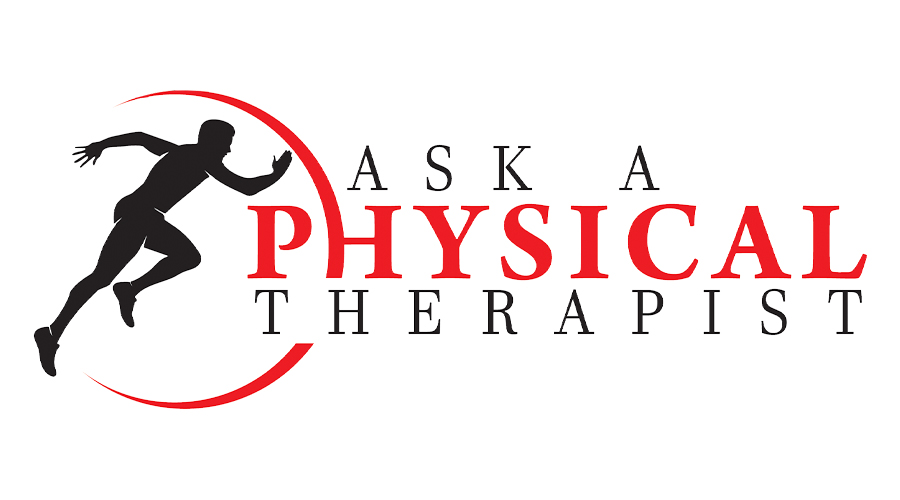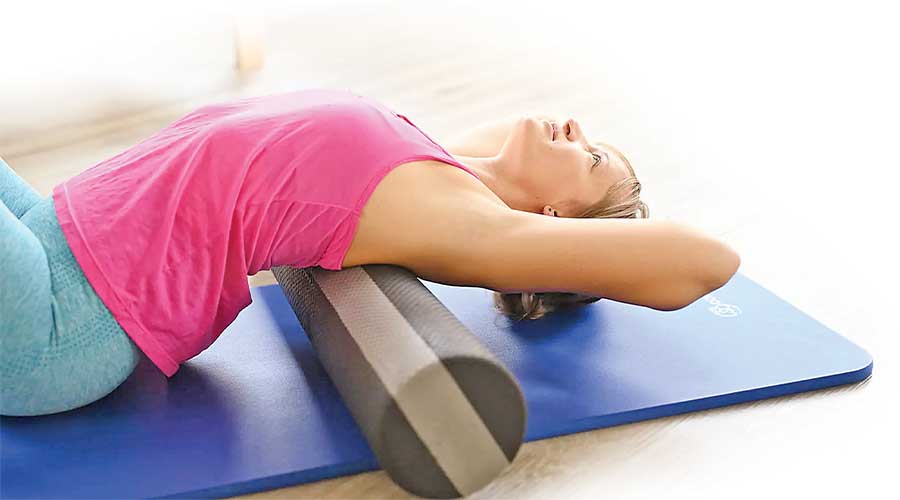ASK A PHYSICAL THERAPIST
- 27 Apr - 03 May, 2024

Q: Doctor, my mother, aged 58, has a curvature in her upper back. What interventions can a physiotherapist undertake to address this issue?
A: Age-related hyperkyphosis affects 20-40% of older adults and can be described as an exaggerated anterior curvature of the thoracic spine that is associated with aging. General causes of age-related hyperkyphosis that have been reported are poor posture, dehydration of the intervertebral discs and reduced back extensor muscle strength. Age-related hyperkyphosis may: Induce the symptoms such as back soreness, neck pain, numbness of upper extremities or buttock, Low psychological well-being such as depression and low self-esteem, Lead to mobility impairments of the rib cage (connected to thoracic spine) which can result in pulmonary difficulties, Increase biomechanical stress on the spine which can result in an increased risk of development of vertebral compression fractures, Increase risk of falling and fractures due to poor gait, Impaired Physical function eg has an impact on the basic functioning and daily living, which affects the quality of life.
The main goals of physiotherapy are Increased back extensor strength, Increased spinal extension mobility, Improved postural awareness, Prevention of vertebral compression fractures, Maintain or restore the physical function and prevent further deterioration. The strategies include Postural correction training through stretching and strengthening exercises to help reduce the hyperkyphotic curvature and prevent the condition from advancing. Breathing exercises help improve tolerance for physical activity by increasing lung capacity. eg. Diaphragmatic Breathing, Exercises, Pain management using modalities such as heat, ice, and/or electrical stimulation such as transcutaneous electrical nerve stimulation (TENS), Myofascial/soft tissue manual therapy (using hands-on techniques) and shoulder mobilization to help improve spinal flexibility, Specialized braces or therapeutic taping to help reduce the angle of the curve, Education to improve posture and activities of daily living and ease physical functioning. Balance exercises and gait training to increase general fitness and reduce risk of falls.
A physiotherapist can also guide about postural awareness, Explain to the patient what the problematic posture is, Demonstrating correct posture, explaining every motion that should be made: Have the patient try this him/herself, the first time still going over every cue. Once the patient has practiced the posture a sufficient number of times to immediately be able to resume good posture on command, taping and random reminders (timer) can be used to ensure the posture is kept during the day.

Q: I'm a 34-year-old homemaker experiencing outer elbow pain for the past three weeks. Could you please provide guidance on this matter?
A: Lateral Epicondylitis, commonly referred to as "Tennis Elbow" and more recently designated as Lateral Elbow (or Epicondyle) Tendinopathy (LET), stands out as the predominant overuse syndrome affecting the elbow. This condition frequently manifests in individuals engaged in repetitive upper extremity activities, including but not limited to prolonged computer use, heavy lifting, forceful forearm pronation and supination, and exposure to repetitive vibration. Contrary to its name, this chronic ailment extends beyond the realm of tennis, making its presence felt in various other sports such as squash, badminton, baseball, swimming, and field throwing events. Furthermore, individuals with professions demanding repetitive one-sided movements, such as electricians, carpenters, gardeners, and those with desk-bound jobs, commonly exhibit symptoms of this condition.
The comprehensive physiotherapeutic management of LET encompasses a range of strategies aimed at addressing the underlying issues and providing relief. One key aspect involves imparting education and advice to patients regarding effective pain control and, when applicable, modifying activities to minimize strain on the affected area. Various modalities are employed as part of the treatment plan, including the application of ice, therapeutic massage, ultrasound therapy, Transcutaneous Electrical Nerve Stimulation (TENS), laser therapy, and Shockwave Therapy. Additionally, supervised exercises constitute a crucial component, focusing on both strengthening and stretching exercises tailored to the individual's needs. Manual therapy techniques are also employed to enhance the overall therapeutic effect. Moreover, the rehabilitation process is often customized to the specific demands of the individual's sport or occupation, ensuring a targeted and effective recovery.
COMMENTS